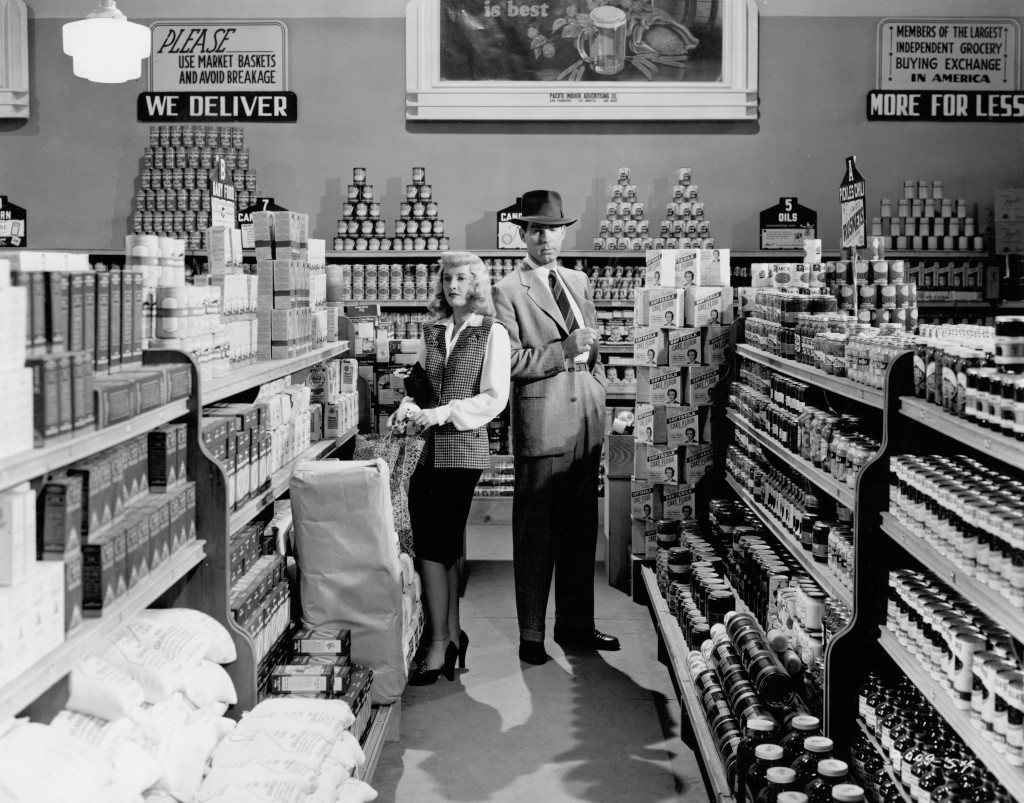Double Indemnity Review
Writing about a film as critically adored and much discussed as Double Indemnity inevitably results in treading similar ground to those that have gone before and it’s particularly hard to introduce such a film with the requisite amount of praise without simply gushing. Added to this is the lingering thought in my head that I could never write such a wonderful intro to the film as the first paragraph in Bosley Crowther‘s New York Times review from 1944,
The cooling-system in the Paramount Theatre was supplemented yesterday by a screen attraction designed plainly to freeze the marrow in an audience’s bones. “Double Indemnity” is its title, and the extent of its refrigerating effect depends upon one’s personal repercussion to a long dose of calculated suspense. For the sole question in this picture is whether Barbara Stanwyck and Fred MacMurray can kill a man with such cool and artistic deception that no one will place the blame on them and then maintain their composure under Edward G. Robinson’s studiously searching eye.
Whilst Crowther moves onto areas in his review that I don’t entirely agree with – he believed that the structure of the plotting damaged the film – that opening paragraph has stayed with me since I first read it, in part due to it being a wonderful piece of prose but mostly because it so perfectly distils one of the film’s greatest strengths, its icy coolness.
The cold, calculated behaviour of the two protagonists, Walter Neff (Fred MacMurray) and Phyllis Dietrichson (Barbara Stanwyck) is the fertile ground for Wilder to play out a number of chillingly suspenseful scenes whose clever structuring and intelligent framing is still providing influence for filmmakers today. And so it should. It is clear now, with the benefit of hindsight and the ability to watch a great number of Wilder’s films again and again, that he was a true master of the cinematic medium and Double Indemnity is a prime example of the careful and brilliant way in which he told a story on screen.
Like Neff and Dietrichson attempting to pull of the perfect murder, Wilder is crafting a film with skill and delicate calculation. Unlike the doomed pair though Wilder is entirely successful. Credited with a place in history thanks to a reappraisal of the so called ‘Film Noirs’ of the forties and fifties in later decades, Double Indemnity is more than simply an archetype of a film type. A satisfyingly delivered thriller, plotted like a knife slowly twisting in one’s gut, Double Indemnity is beyond everything else a thoroughly gripping film experience and one that it is a pleasure to return to frequently.
